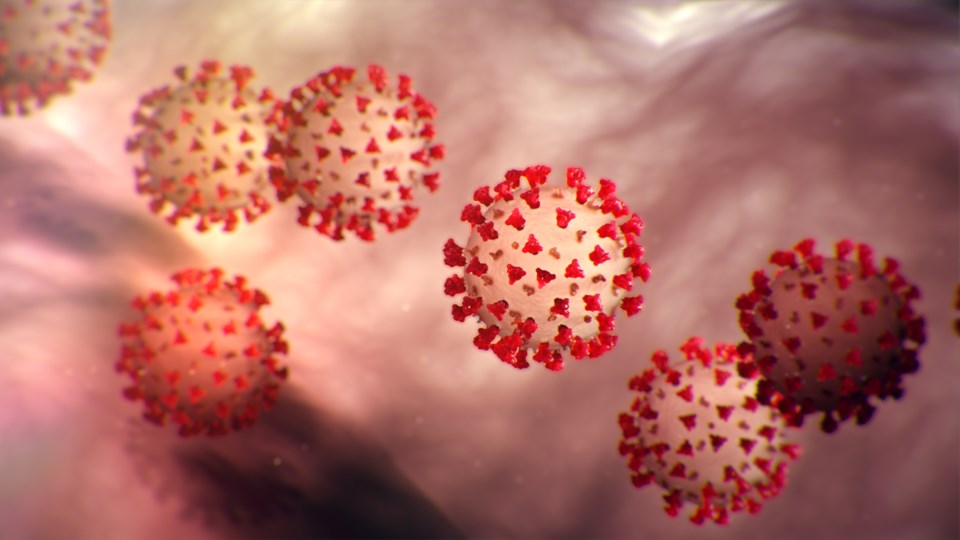Premier Scott Moe and chief medical health office Dr. Saqib Shahab announced during their daily COVID-19 briefing the province has 13 new, confirmed cases of COVID-19 as of April 2, bringing the provincial total to 206. Currently, there are four people in hospital in the province.
Two people are receiving inpatient care in Saskatoon, while two people are currently in intensive care – one in Regina and one in Saskatoon. Six more people have recovered from COVID-19 in Saskatchewan, bringing the provincial total to 36.
Of the 206 cases in the province, 96 cases are travellers; 44 are community contacts (mass gatherings included); 10 have no known exposures, and 56 are under investigation by local public health.
Overall in Saskatchewan, 103 of the cases are from the Saskatoon area, 44 from the Regina area, 38 from the north, nine from the central region, nine from the south and three from the far north.
Six cases involve people 19 years of age and under, while the remainder are adults; 93 cases are in the 20-44 age range; 74 are in the 45-64 age range; and 33 are in the 65-plus range, with 55 per cent of the cases males and 45 per cent females.
As reported on Wednesday, three deaths related to COVID-19 have been reported to date.
Moe said during the press conference, Saskatchewan has now performed 11,395 tests, second only to Alberta on a per capita basis. He added the Roy Romanow Provincial Laboratory has done 867 tests in the last 24 hours, the highest number of tests processed to date.
“This is good news. As we work to ramp up our testing and our contact tracing efforts, low numbers of new cases alongside high numbers of tests means that our efforts to reduce the spread of COVID-19 are working,” said Moe.
“It serves as an encouragement for each of us in this province to remain diligent in our individual efforts,” he added,
Moe also said he agreed with Ontario Premier Doug Ford’s announcement to bring the public the same information he receives in terms of in-depth statistics surrounding cases.
“The more information that we are able to provide to the people of Saskatchewan, the better informed we will be as our province works to reduce the spread,” said Moe.
Moe said he has asked the Saskatchewan Health Authority (SHA) to provide a briefing early next week to be sent out to the public.
“This briefing will include models and will include projections of the spread of COVID-19 in Saskatchewan, and an update on the steps our health system is taking to expand our capacity for surges due to COVID-19,” said Moe.Case surveillance and testing information, including regional locations of confirmed/presumptive cases is available at www.saskatchewan.ca/COVID19.
Dr. Susan Shaw, chief medical health officer for the SHA, said they have had very intense focus efforts on understanding what surge capacity is required.
“We’ve been talking a lot about what models that our planning tools could tell us about how much capacity we may need to prepare for, and again, a worst-case scenario when flattening the curve isn’t as successful as we are all trying and aiming for it to be,” said Shaw.
“Just as a pandemic has phases, ethical decisions have phases as well,” she added.
Public inquiries may be directed to COVID19@health.gov.sk.ca.
Small Group Gatherings
Under the current public health order, all private and public gatherings – inside and outside – are limited to a maximum of 10 people. As a general rule, however, you should not have anyone visit your home at this time who does not live at your residence.
Instead, connect with friends and family safely via video, phone or social media as much as possible to maintain your social connections and mental health. If it’s essential to have a small gathering of no more than 10 people, everyone at the gathering must be able to maintain the required two-metre distance between them.
Handing things back and forth is a common route of transmission in social settings. Even when doing outdoor activities like riding a bike or going for a walk, do not hand items back and forth between people not from the same household.



